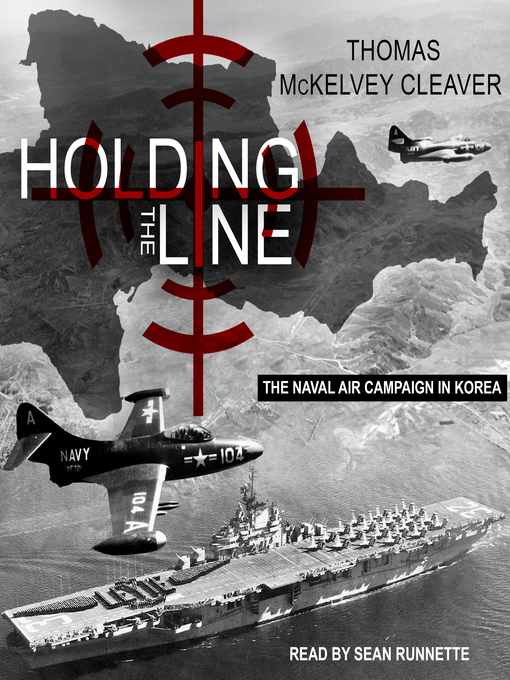- Biography & Memoir
- History
- Personal Development
- Military Interest
- Country Studies
- Climate & Environment
- Cyber Topics
- Future Concepts
- Army Reading Lists
- Leadership
- Biography Audiobooks
- Health Related
- Resilience
- See all nonfiction collections

All of this was accomplished with a force that was in the midst of change, as jet aircraft altered the entire nature of naval aviation. Holding the Line chronicles the carrier war in Korea from the first day of the war to the last, focusing on front–line combat, while also describing the technical development of aircraft and shipboard operations, and how these all affected the broader strategic situation on the Korean Peninsula.
-
Creators
-
Publisher
-
Release date
March 19, 2019 -
Formats
-
OverDrive Listen audiobook
- ISBN: 9781977355386
- File size: 389381 KB
- Duration: 13:31:12
-
-
Languages
- English
Why is availability limited?
×Availability can change throughout the month based on the library's budget. You can still place a hold on the title, and your hold will be automatically filled as soon as the title is available again.
The Kindle Book format for this title is not supported on:
×Read-along ebook
×The OverDrive Read format of this ebook has professional narration that plays while you read in your browser. Learn more here.